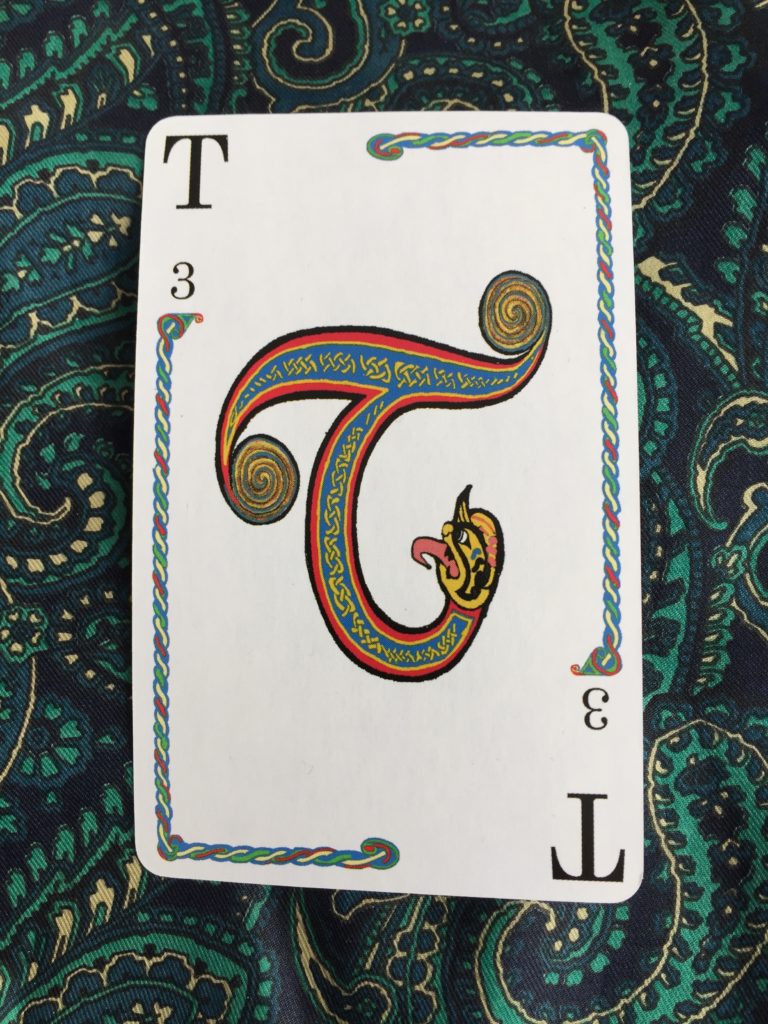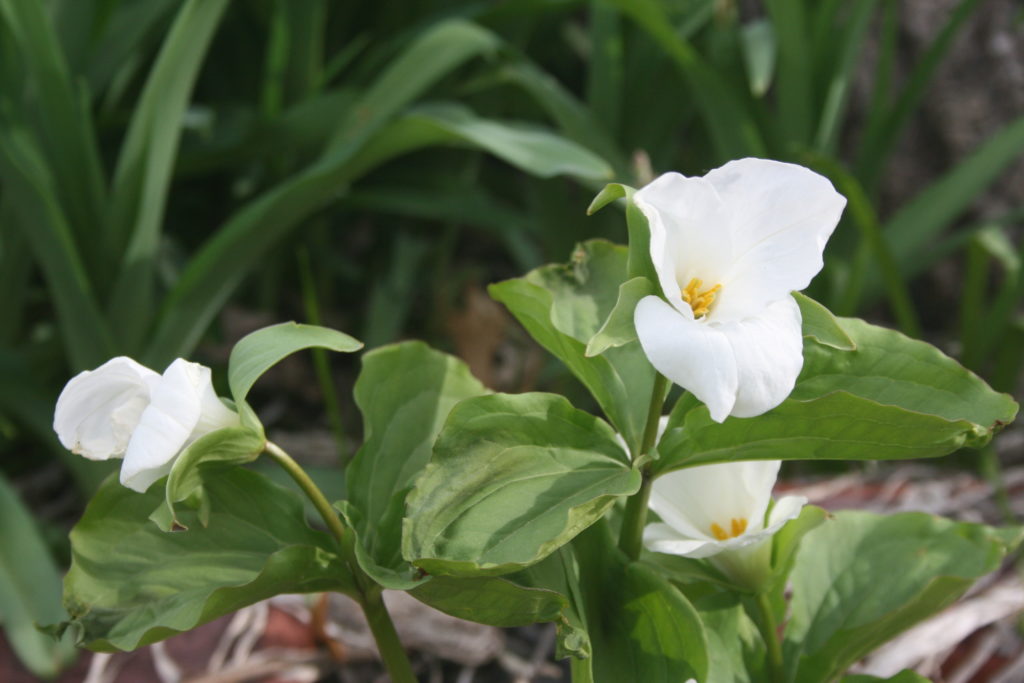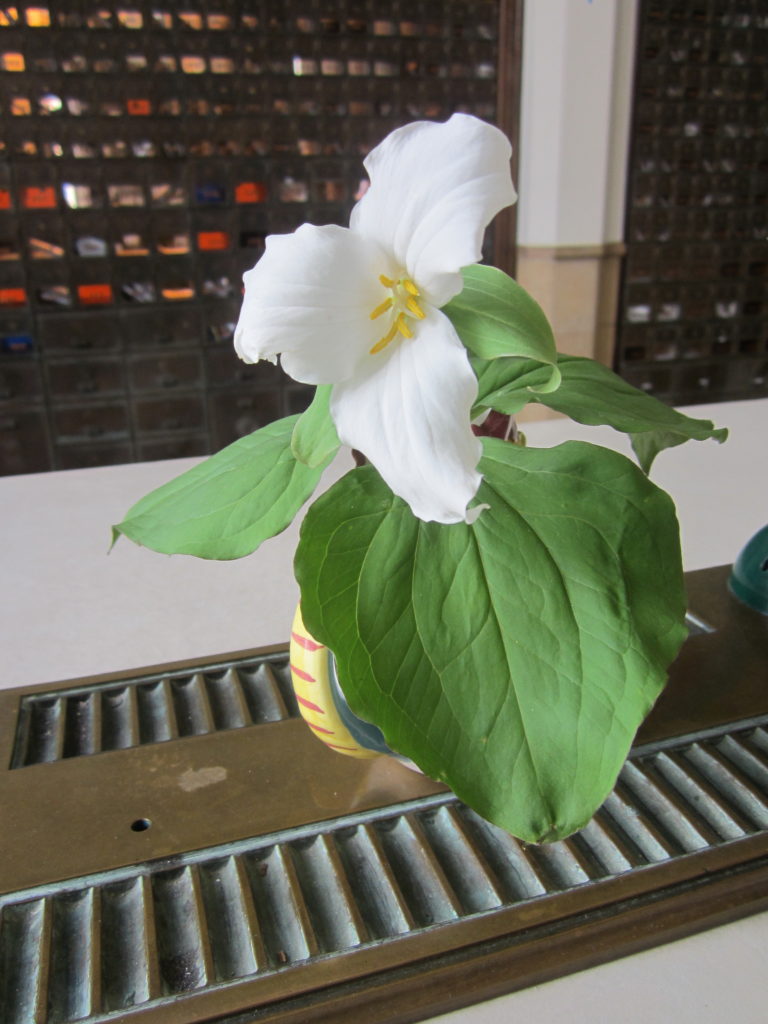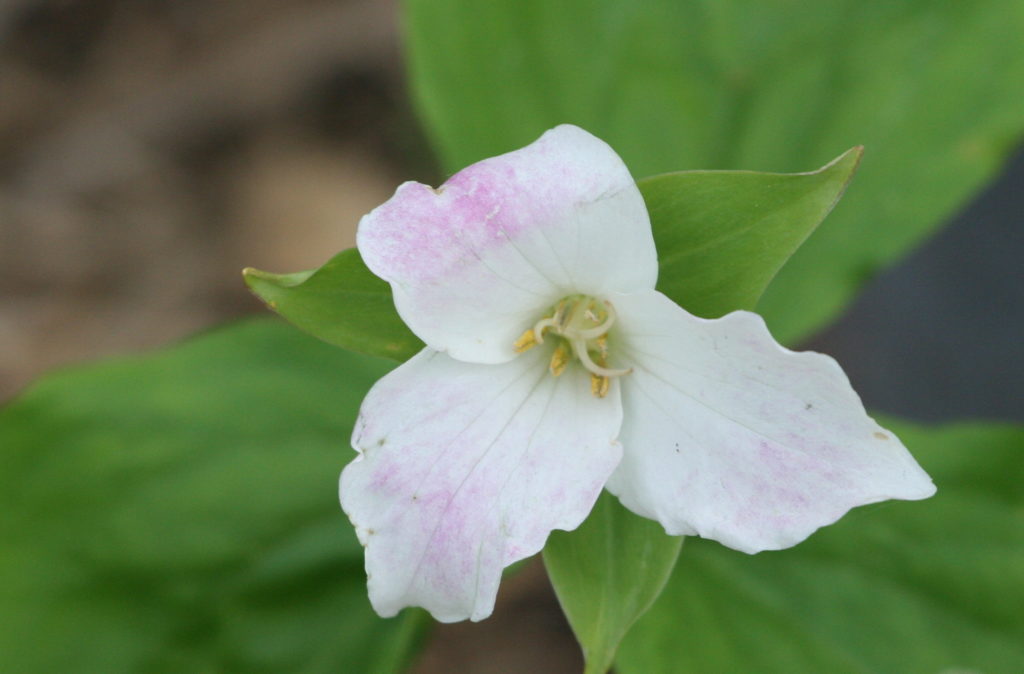
Trillium
We have a singular one
in our back garden
at the foot of the elm.
Each spring it rises
in a trio of tiers:
leaves, sepals, petals.
It offers a time-lapse
waltz of color change:
white satin, berry pink, ash.
Leslie Schultz



I first learned about these woodland flowers when I was a child in Oregon. When we moved to Northfield, we planted one at the base of our American Elm. Both are still healthy! Our trillium should be blooming in a few weeks, and this year I intend to take some photographs of it when it is fully pink. (The first and second images are from our garden. The middle image was taken at the Northfield Post Office.) Until I was able to observe this single plant, I did not know how the starlight-white of the new trillium bloom turns pink as it ages. Botanically, I read that this results from self-generated anthocyanins–triggered by stress or aging–with the goal of reclaiming and conserving the nutrients in the petals that the trillium is throwing away. I don’t fully understand that mechanism, but I find myself wondering about the way humans seem to move oppositely along the color spectrum–from rosy baby to white-haired elder.
As evidence, I submit the following from a dozen years ago! Below is an image taken at Village on the Cannon. Julia and I are waiting for our Spanish lesson with Susan Hvistendahl and celebrating that a trio of my photographs are on the wall. Today, I note that my face then was rosier, my hair less threaded with white just a decade ago.

Happy Saturday! LESLIE

Thanks, Beth! I did not know your love of trillium, but I understand it. If all goes well, this year I will be able to see some of Rice County’s own shy beauty, the Dwarf Trout Lily. If I happen upon any, I will send you a photograph.
I love trillium – one of my favorite woodland flowers. Didn’t realize you had one of your very own. The last stanza of your poem
It offers a time-lapse
waltz of color change:
white satin, berry pink, ash.
is gorgeous. Works just perfectly to my eye and ear.
Hi Susan, Doesn’t it seem like yesterday that you and Julia were working together? But think how many new books you had published since then!
And Julia is graduated in one year! Thank you for letting me know the prints are still hanging at VOC! Leslie
And now this accomplished young lady is at Carleton College. Tempus fugit. And we still enjoy your your photographs at VOC every day!
Julia, You will not be surprised that I thought of you as I composed this poem! I have also been thinking about our trip to the bogs with our girls, as I am rereading the mysteries set in Ireland and Minnesota by Erin Hart–peat and boggy ground are key elements in these lyrical mysteries by a Minnesota writer. Someday, I hope to travel to Ireland and smell a peat fire on a traditional hearth, and hear the traditional music. I know that if I ever do get there, I will be thinking of you, as well as some friends with Irish roots! I look forward–very much–to your trillium photos.
Leslie, I have been reading and enjoying your poems daily, and I apologize for not commenting because of lack of time. I loved this one, of course!
I have red trillium in the native garden, which should start blooming soon. I will send you pictures. Right now, my bloodroot is blooming, which is my first wildflower to bloom.
Another name for trillium is birthroot, and native Americans used its powdered root to promote birth and as an antiseptic for treating open wounds.
I highly recommend a beautiful and delightful book on wildflowers “The Secrets of Wildflowers: A Delightful Feast of Little-Known Facts, Folklore, and History” by Jack Sanders. It includes some poetry and has a poem on trillium (I love yours more!).
Julia